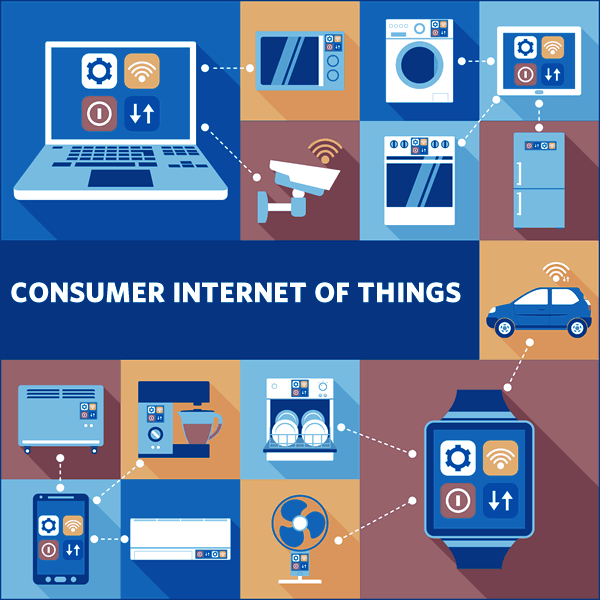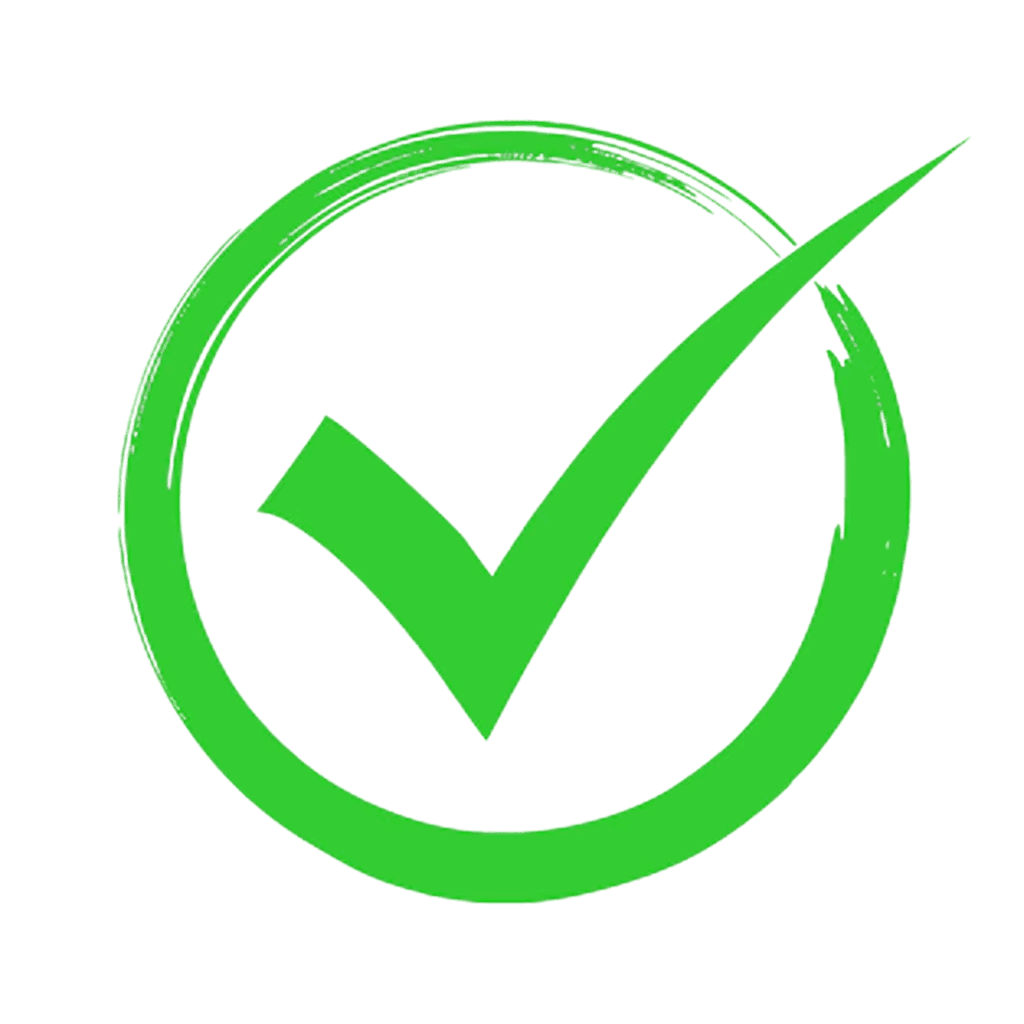The global consumer IoT market is projected to grow from USD 46.8 billion in 2018 to USD 104.4 billion market by 2023, at a CAGR of 17.39%. Some of the key factors driving this growth include:
- Growing Internet penetration: The increasing penetration of the Internet is one of the major factors driving the growth of the consumer IoT market. As more and more people gain access to the internet, they are becoming more aware of and interested in connected devices.
- Rising disposable incomes: The rising disposable incomes in developed and developing economies are also fueling the growth of the consumer IoT market. People with more disposable income are more likely to spend money on smart devices and services.
- Increasing demand for convenience and a better lifestyle: Consumers are increasingly looking for ways to make their lives more convenient and comfortable. Consumer IoT devices can help them to do this by automating tasks, providing remote access, and delivering personalized services.
- Growing significance of monitoring home/assets remotely: The increasing significance of monitoring home/assets remotely is another factor driving the growth of the consumer IoT market. Consumer IoT devices can be used to monitor security, energy consumption, and other aspects of the home or office remotely.
- Growing focus on health and fitness: The growing focus on health and fitness is also driving the demand for consumer IoT devices. Wearable devices such as fitness trackers and smartwatches are becoming increasingly popular as consumers look for ways to track their activity levels and improve their health.
In addition to the factors listed above, there are a number of other trends that are contributing to the growth of the consumer IoT market. These include:
The increasing availability of affordable and high-quality consumer IoT devices.
The growing development of innovative consumer IoT applications.
The increasing adoption of cloud computing and artificial intelligence (AI) supports consumer
IoT devices and applications.
The growing awareness of the benefits of consumer IoT, such as convenience, energy efficiency, and security.
Consumer IoT Applications
The growing adoption of a digital lifestyle is fueling the demand for personalized services in the consumer services segment. Consumers today have high expectations for the capabilities of devices and applications, and they want experiences that are personalized, convenient, time and cost-efficient, and secure.
Consumer IoT devices and smart connected consumer products can collect real-time data that can be used to generate valuable insights and provide personalized information and services to consumers.
The pandemic has also accelerated the adoption of advanced technologies such as IoT, AI, and machine learning, as they have proven to be powerful tools in taking preventive and preemptive measures.
Consumer IoT Use Cases
Consumer IoT is now being used in a wide range of applications, including:
1. Home Automation and Security:
Consumer IoT is increasingly being used in home automation and security applications. Comprehensive home security solutions, internet-enabled appliances, energy management devices, and innovative remote home applications such as room control and entertainment systems are all becoming more popular. By 2023, home automation devices with smart energy management and security applications are expected to hold the largest share of the consumer IoT market.
2. Asset Tracking:
Consumer IoT can be used to track a wide range of assets, including smartphones, cameras, keys, pets, and vulnerable family members such as children and the elderly. This is possible because IoT devices can be used to monitor anything that is IoT-enabled and connected, even over long distances.
3. Smart Wearables:
Wearable technology is becoming increasingly popular, and consumer-oriented wearables with feature-rich intuitive applications are now being designed to transform how consumers go about their daily lives. With next-generation breakthroughs in consumer IoT happening every day, it is likely that we will soon see smart wearables that are not as dependent on smartphones as they are today.
4. Personal Healthcare:
Consumer IoT is also making rapid inroads in the personal healthcare sector, enhancing the patient and caregiver experience. Consumer IoT devices can be used for patient monitoring, smart hearing aids, healthcare equipment tracking, and elderly care. There is a growing convergence between personal healthcare and IoT in healthcare.
Benefits of consumer IoT:
1. Increased safety and security:
Consumer IoT devices can be used to improve the safety and security of homes and businesses. For example, smart security cameras can be used to monitor for intruders, and smart door locks can be used to control who has access to a property.
2. Reduced energy consumption:
Consumer IoT devices can help to reduce energy consumption by automating tasks such as lighting and heating control. This can save consumers money on their energy bills and help reduce their environmental impact.
3. Improved productivity:
Consumer IoT devices can help to improve productivity by automating tasks and providing remote access to information and systems. This can be particularly beneficial for businesses, but it can also be beneficial for individuals who work from home or who need to access information and systems remotely.
4. Convenience:
Consumer IoT devices can automate tasks and provide remote access to information and systems, making our lives more convenient. For example, smart thermostats can learn our heating and cooling preferences and adjust the temperature automatically, saving us time and energy.
5. Personalized experiences:
Businesses can use data from consumer IoT devices to better understand their customers’ needs and preferences. This information can then be used to develop personalized products and services. For example, a music streaming service could use data from its users’ listening habits to recommend new songs and artists.
Overall, the consumer IoT market is expected to continue to grow rapidly in the coming years. This is due to a number of factors, including the increasing penetration of the internet, rising disposable incomes, growing demand for convenience and a better lifestyle, and growing focus on health and fitness.









